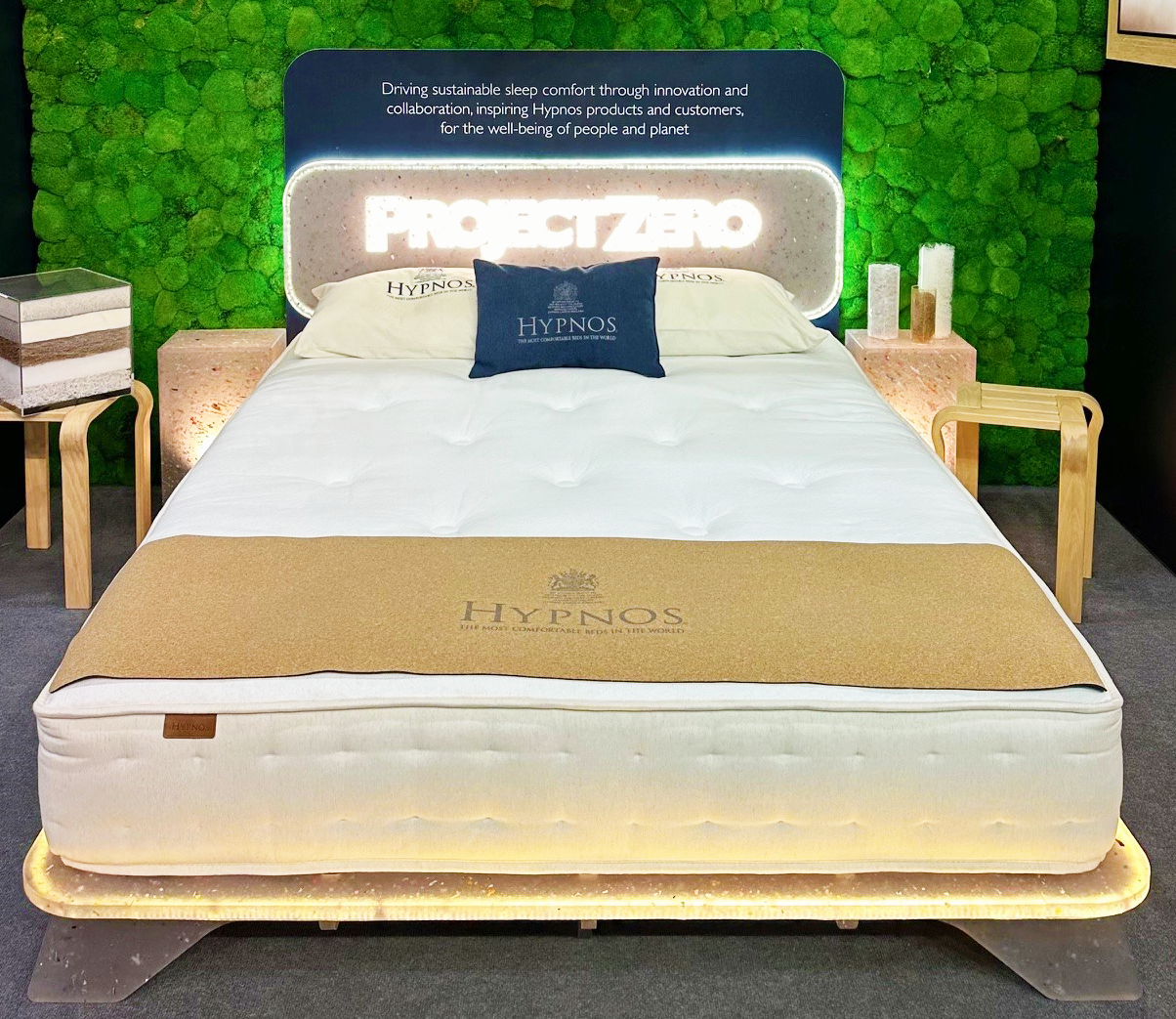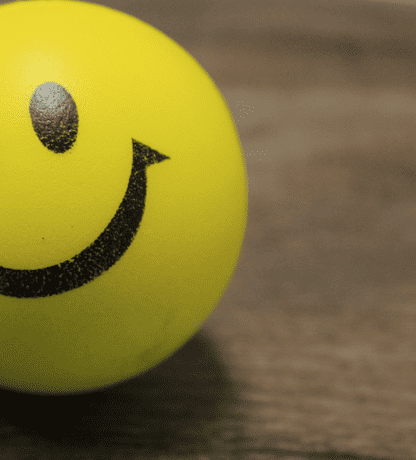PROJECT ZERO | Hypnos' vision of 'zero waste' through circular design
This years’ Project Zero – Hypnos’ sustainability concept bed – focused on ‘Zero-Waste’. A mattress conceived for longevity, individual comfort, and circularity, featuring materials that can be replaced, repaired, and recycled with each element returned to the original manufacturer for repurposing.

The concept is an example of Hypnos’ commitment to minimising waste and promoting resource efficiency.
The Sustainable Development team at Hypnos have set up 'Project Zero' as a technical exercise to consider the design of the most environmentally responsible, long-life, low-carbon yet luxurious feel mattress, this year with a focus on circular design for driving zero waste.
Hypnos have removed all commercial barriers to help identify fibres, innovations and technologies and their associated supply partners and sources that can be used in ongoing Hypnos products.
Project Zero has no lifespan, but is a continuing mission, so unfortunately isn't for sale...yet!

Key Takeaways
- Designed for life: designed for full user life longevity. Every element can be replaced; recycled; repaired; or upgraded.
- Custom comfort: 4 x material types over five layers invites the user to tailor the comfort to suit their individual needs. All 4 materials types could be employed or just 1 type depending on customers’ comfort and price preferences.
- Circular materials: All materials employed have been selected based on their comfort credentials and their circular economy credentials. The materials are all compatible with the biological and technical principles of circularity.
- OEM take back: No need for traditional mattress recycling. Each mattress element can be returned to Hypnos and back to the OEM, who will recycle the material into new product.
- Zero waste: full circularity; no waste; novel thinking to mattress design.
Made with simple and separate ingredients – wrapped together in a cover with no zips, glue or metal that make it difficult to recycle. Cover is wool quilted, with M-Pure, FSC wood buttons and leather labels – all biodegradable thru industrial composting
100% natural organic Latex - Latexco Labrynth noodle - Enkev
Cocolok coconut fibre layer - Enkev Springbond Ultraflex - Texfelt


The divan
A slot together frame made from the equivalent of 4000 recycled water bottles and featuring fragments of coloured plastic from yogurt pots by SMILE plastics.
Based in South Wales, Smile Plastics’ production is a circular process. Made with recycled plastics and formed into sheets, any waste plastics generated during manufacture, are returned to the beginning of the process, modelling zero-waste manufacture. And, although the panels are built for longevity, they are 100% recyclable, with no additives, binders or resin—just pure recycled raw material. Any Smile Plastics product can be recycled locally or, thanks to their buy-back scheme, returned to be remade all over again.
Circular Design explained….
Circular design principles are often summarized using a set of R's, which guide the development of sustainable and circular systems. The specific R's can vary slightly depending on the source, but they generally include:
· Reduce: Minimize the use of materials, energy, and resources in product design and production to reduce environmental impact.
· Reuse: Encourage the reuse of products, components, or materials to extend their lifespan and reduce waste.
· Recycle: Design products and materials with recycling in mind, making it easier to recover and reuse materials at the end of their life cycle.
· Repair: Promote repairability by designing products that are easy to fix, thereby prolonging their use and reducing disposal.
· Remanufacture: Create products that can be disassembled and rebuilt to like-new condition, extending their life and reducing the need for new resources.
· Recover: Efficiently recover valuable materials from products that have reached the end of their life cycle to be used in new products.
· Rethink: Challenge traditional design and consumption patterns to find innovative solutions that align with circular economy principles.
· Respect: Consider the environmental and social impact of design decisions, respecting the planet's limited resources and the well-being of communities.
These R's are a framework for designing and managing products and systems with a focus on sustainability, waste reduction, and resource efficiency. They promote a shift away from the linear "take-make-waste" model toward a more circular and regenerative approach.




